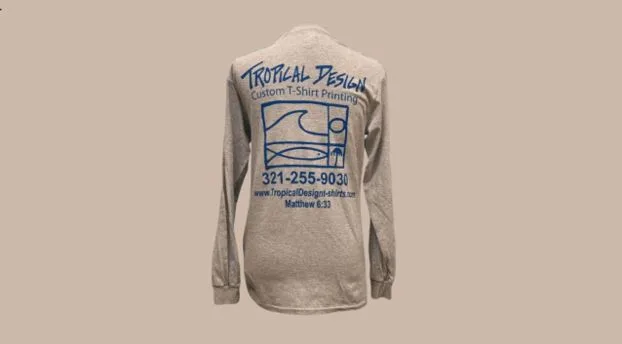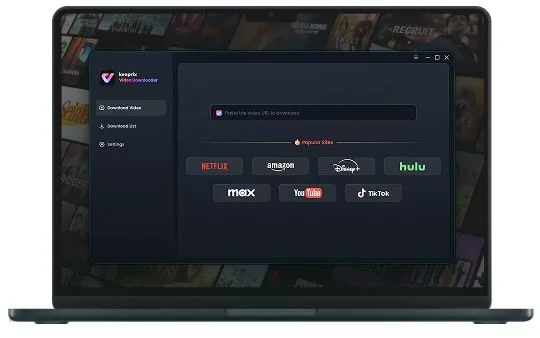Bulk Orders Drive Demand for Custom Apparel: The Rise of T-Shirt Printing in Volume
Growing Market for Customized Clothing
The demand for personalized clothing continues to rise, fueled by both small businesses and large-scale event organizers. Affordable printing methods, combined with the versatility of t-shirts, have made bulk ordering a practical solution for many. The process allows for coordinated designs across large groups, creating a unified look while often reducing per-unit costs.
One of the most common search terms for such services is tshirt printing bulk. This approach is increasingly favored by sports teams, nonprofits, and corporate event planners who require high quantities without sacrificing design quality. The growing number of suppliers offering competitive rates has helped push this trend into the mainstream.
Localized Services Meet Tight Deadlines
For buyers on a short timeline, proximity to a printing facility can be a deciding factor. Many turn to bulk tshirt printing near me searches to locate providers who can deliver within days. Quick turnaround is often critical for last-minute promotional campaigns, charity events, or unexpected inventory needs. Local vendors can also offer in-person consultations, helping customers finalize designs and fabric choices efficiently.
Industry analysts note that as consumer expectations for speed and customization rise, printers capable of offering both are likely to gain a competitive advantage.
Evolving Printing Technologies
Screen printing remains a dominant method for bulk orders, valued for its vibrant color output and cost efficiency at scale. However, advancements in direct-to-garment (DTG) printing have expanded options for detailed, multi-color designs. Heat transfer techniques, though less common for very large runs, provide a useful alternative for smaller quantities or specialized effects.
Suppliers are also adopting more eco-friendly inks and sustainable fabric options to meet shifting consumer preferences. This trend aligns with broader movements in the apparel industry toward ethical production and reduced environmental impact.
Design Trends Shaping Bulk Printing
Color blocking, oversized graphics, and minimalistic logos have emerged as popular choices for bulk orders in 2025. Event organizers often prefer designs that are timeless enough to be worn beyond the event itself, increasing the shirt’s value as both apparel and a promotional tool.
Advances in online design platforms have made it easier for customers to experiment with these styles before committing to an order. Many printing companies now integrate design tools directly into their websites, allowing users to upload logos, select color palettes, and preview mockups in real time.
How Trending Designs Influence Consumer Decisions
Design trends can heavily influence which printing options customers choose. This is particularly relevant for organizations aiming to connect with younger audiences, who often prioritize fashion-forward apparel even in a branded context.
How Trending Designs Influence Bulk T-Shirt Printing
Design trends shift quickly, and staying informed can make the difference between a shirt that’s worn once and one that becomes a wardrobe staple. Event planners and business owners looking to maximize the impact of their order often monitor what’s currently resonating with consumers. Platforms like Trending Marketing provide insight into emerging styles and marketing strategies, helping customers align their designs with what’s popular now. Incorporating these elements can boost both visibility and long-term use of the printed shirts.
Balancing Quality and Cost in Bulk Orders
While cost savings are a major benefit of ordering in volume, buyers are becoming more discerning about quality. Shirts that fade, shrink, or lose shape after a few washes diminish the value of the investment. As a result, many customers now prioritize higher-grade fabrics and reputable printing methods, even if it means paying slightly more per unit.
Industry professionals recommend requesting fabric samples and printed test runs before placing large orders. This helps avoid costly mistakes and ensures the finished product meets expectations.
The Role of Local Economies
Local t-shirt printers often benefit from community loyalty. Supporting nearby businesses can also shorten supply chains, reduce shipping costs, and lower the environmental footprint of large orders. In some regions, local governments and chambers of commerce promote area-based suppliers through business directories and networking events, further boosting demand.
Smaller printing operations may lack the scale of larger firms but can differentiate themselves through personalized service, flexible order sizes, and niche printing capabilities.
Logistics and Distribution Considerations
For organizations placing large orders, planning does not stop at the printing stage. Distribution logistics—whether shipping to individual recipients or delivering to a single event location—can significantly affect timelines and costs. Some suppliers offer fulfillment services, handling packaging and direct shipping to end users.
Bulk orders for multi-location events may require coordinated production across different facilities to meet regional needs. This approach can reduce shipping distances and mitigate risks associated with transportation delays.
Future Outlook for Bulk T-Shirt Printing
Industry projections suggest continued growth for bulk t-shirt printing, supported by the increasing popularity of branded apparel as a marketing tool. Emerging printing technologies, sustainable materials, and online ordering platforms are expected to streamline the process further.
Analysts also point to potential challenges, including raw material price fluctuations and competition from overseas suppliers offering lower prices. However, companies that focus on speed, quality, and trend alignment are likely to remain competitive in both local and national markets.
Final Analysis
The market for tshirt printing bulk and bulk tshirt printing near me reflects broader changes in consumer expectations for customization, speed, and quality. While price remains an important factor, the rise of design-conscious customers means that appearance and durability are equally critical.
By monitoring design trends, leveraging advanced printing technologies, and balancing logistical considerations, both suppliers and buyers can benefit from the efficiencies of bulk ordering. The sector’s adaptability suggests it will remain a key player in the promotional products and apparel industry for years to come.





